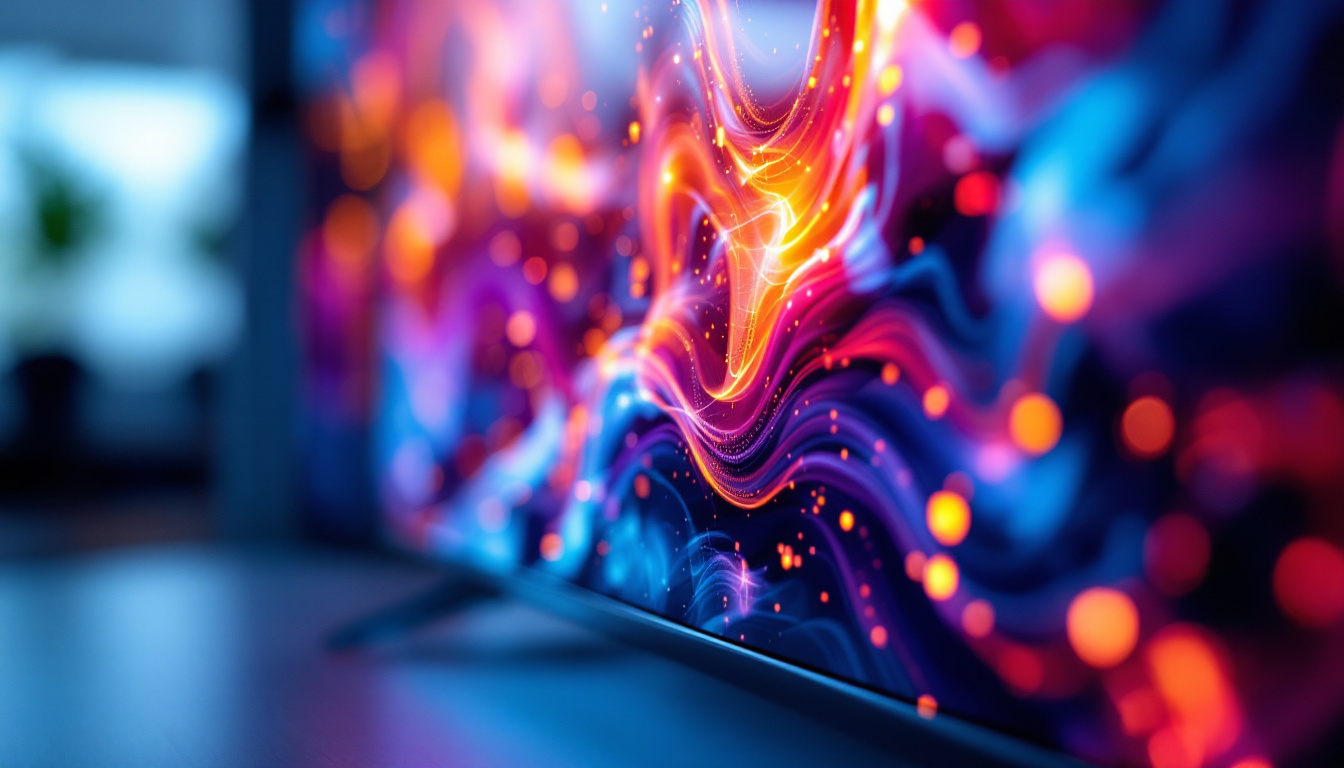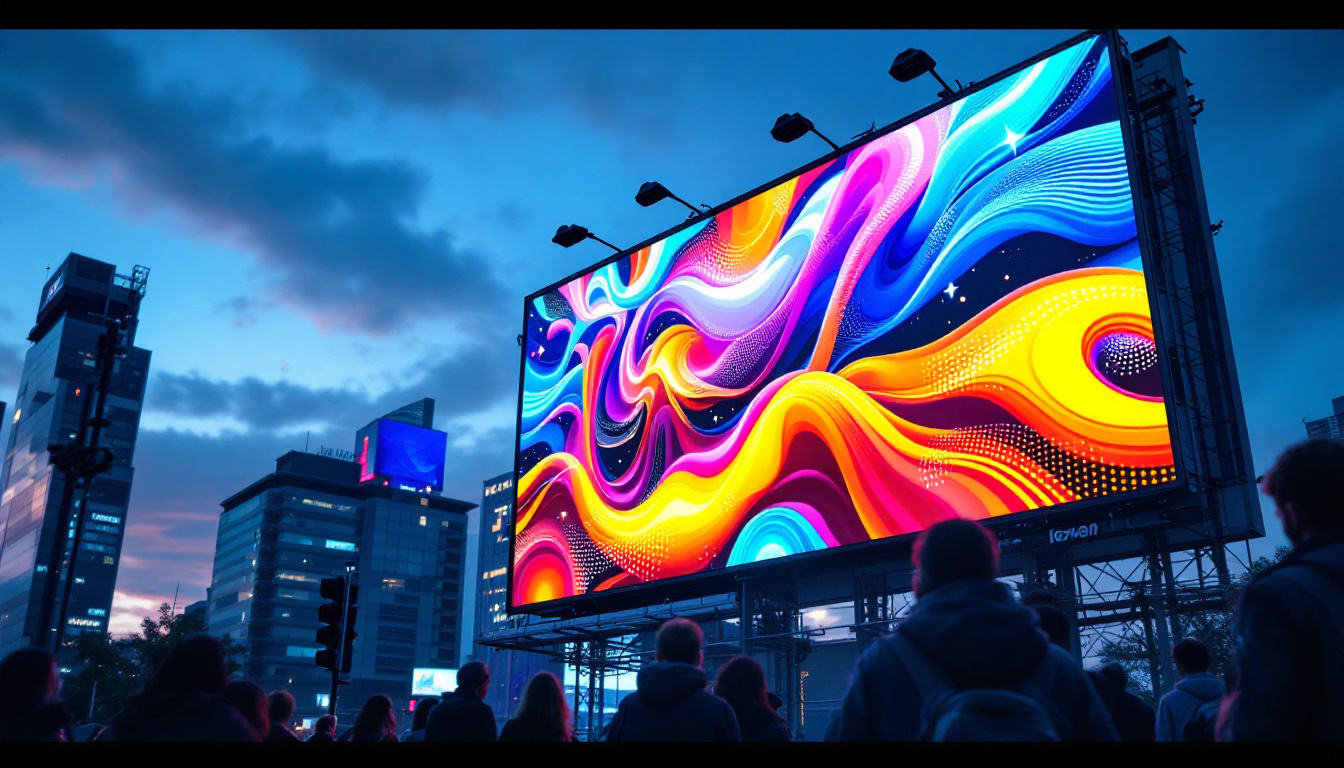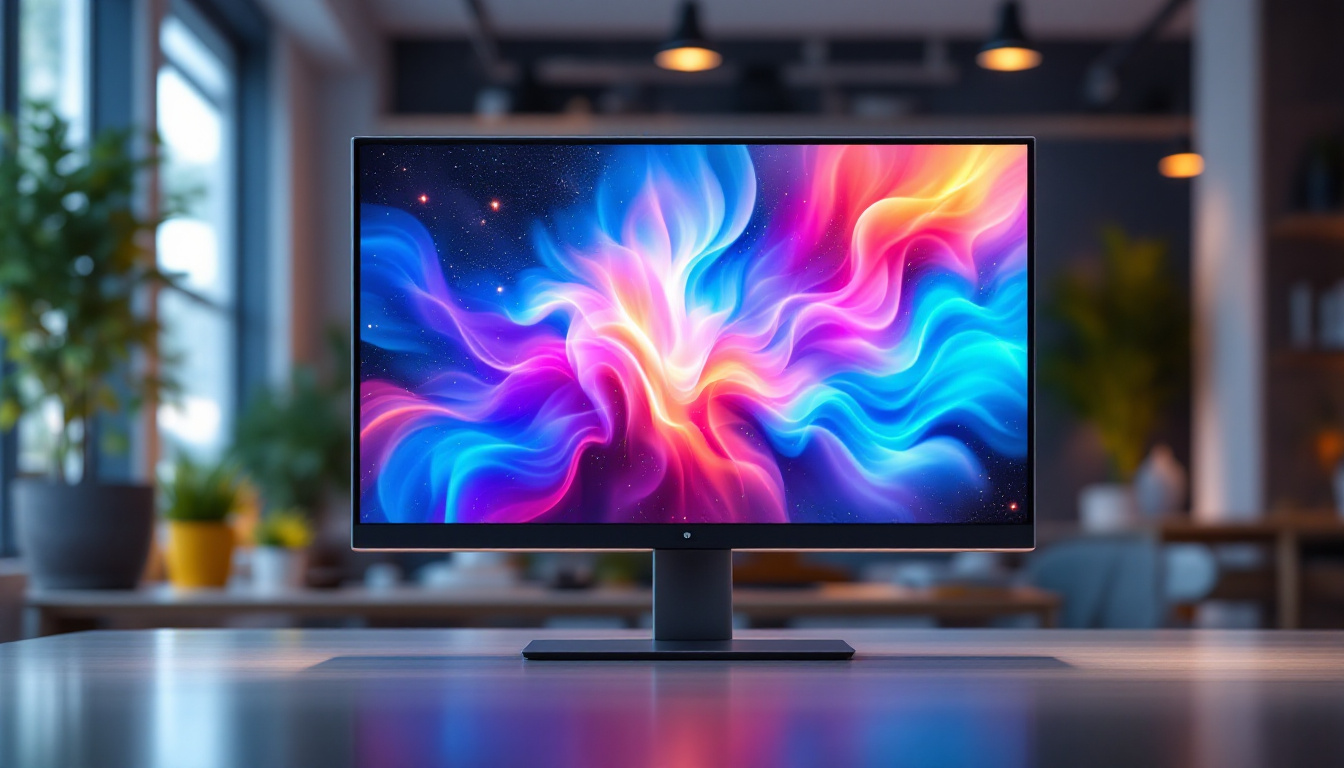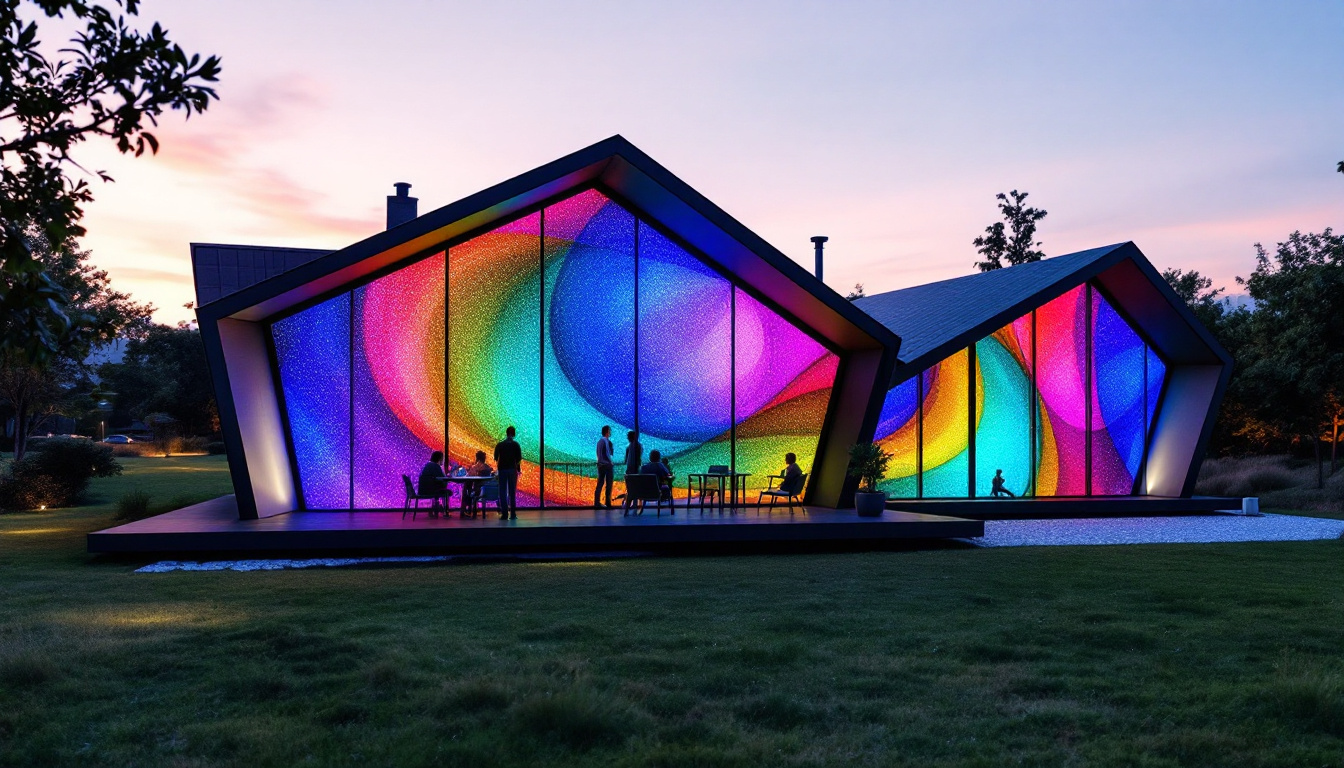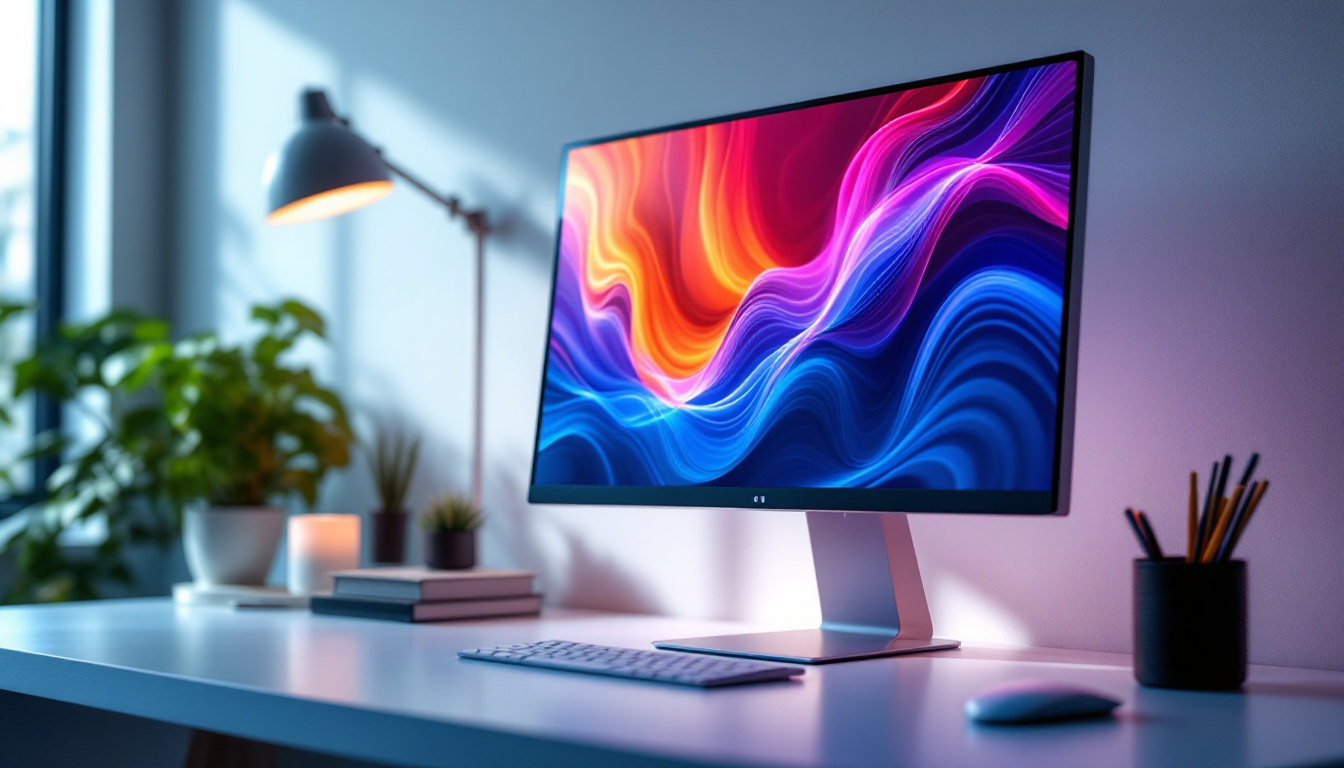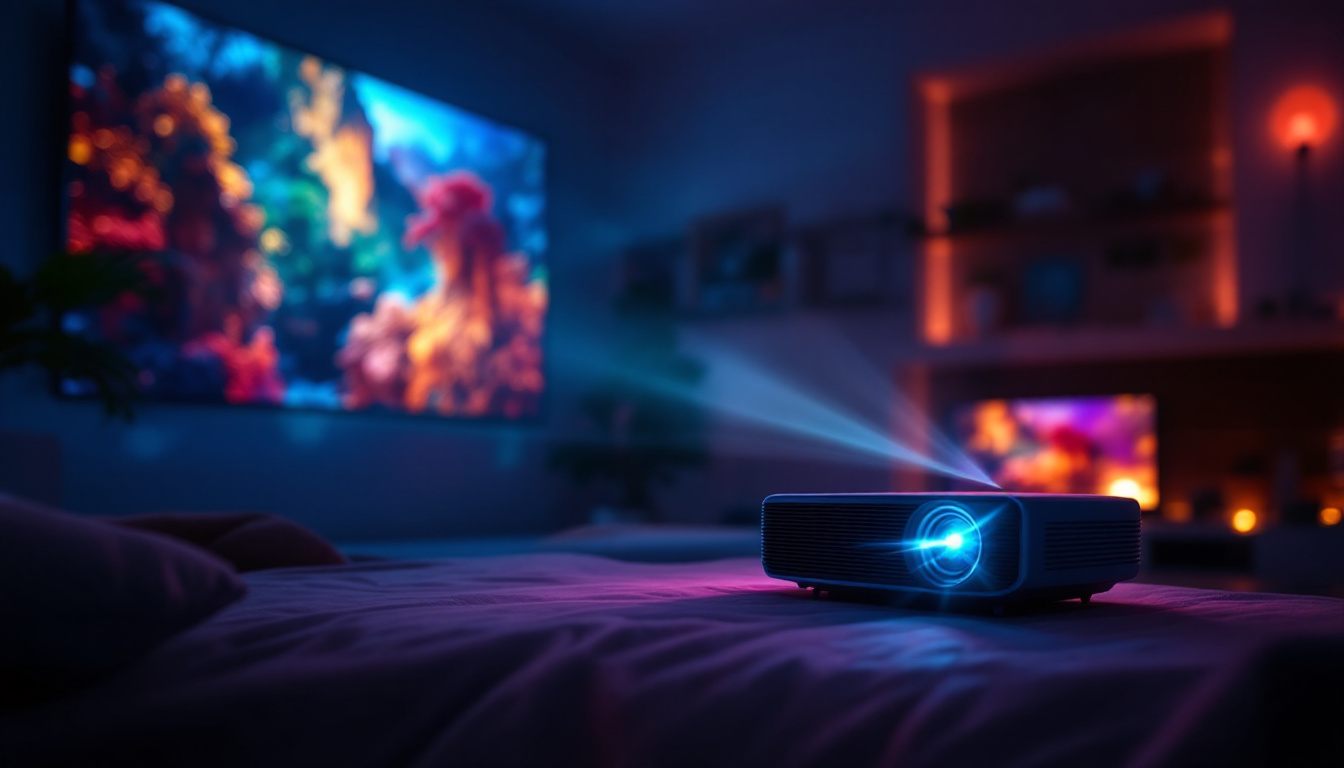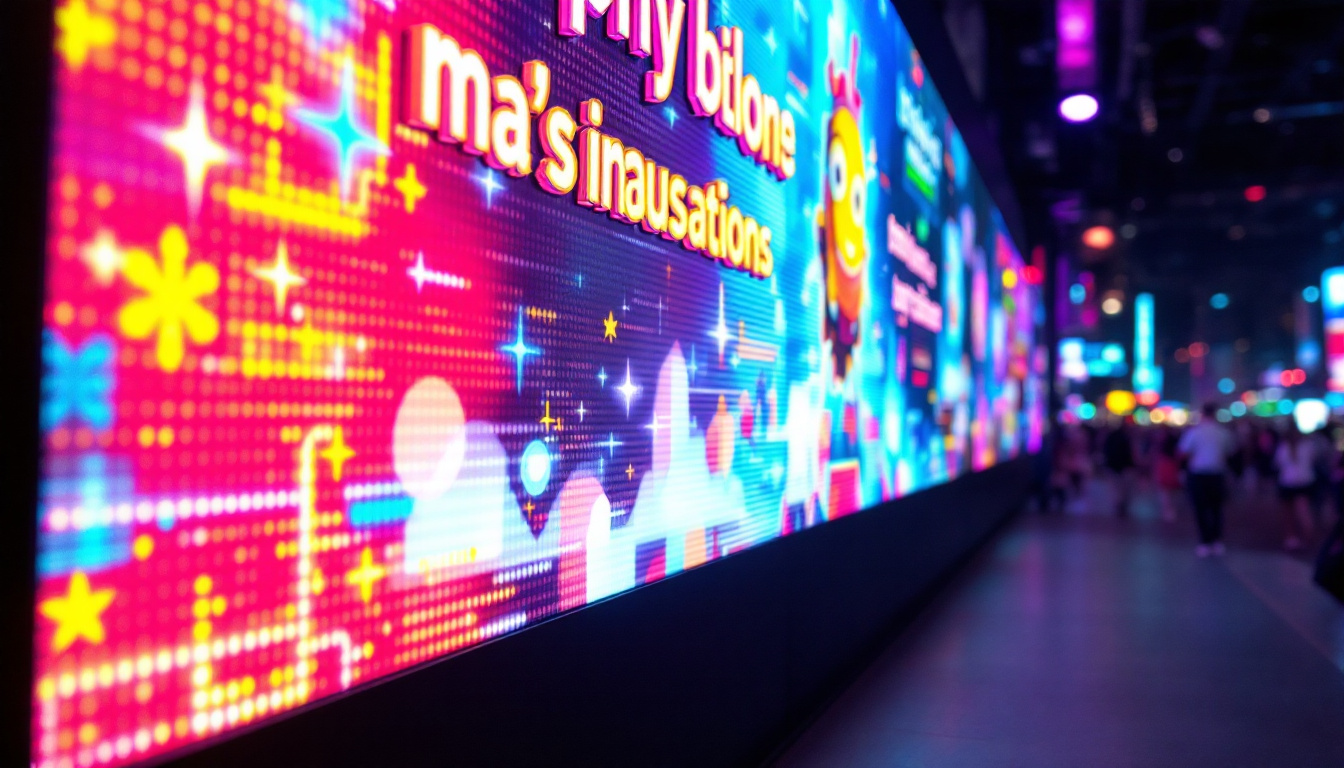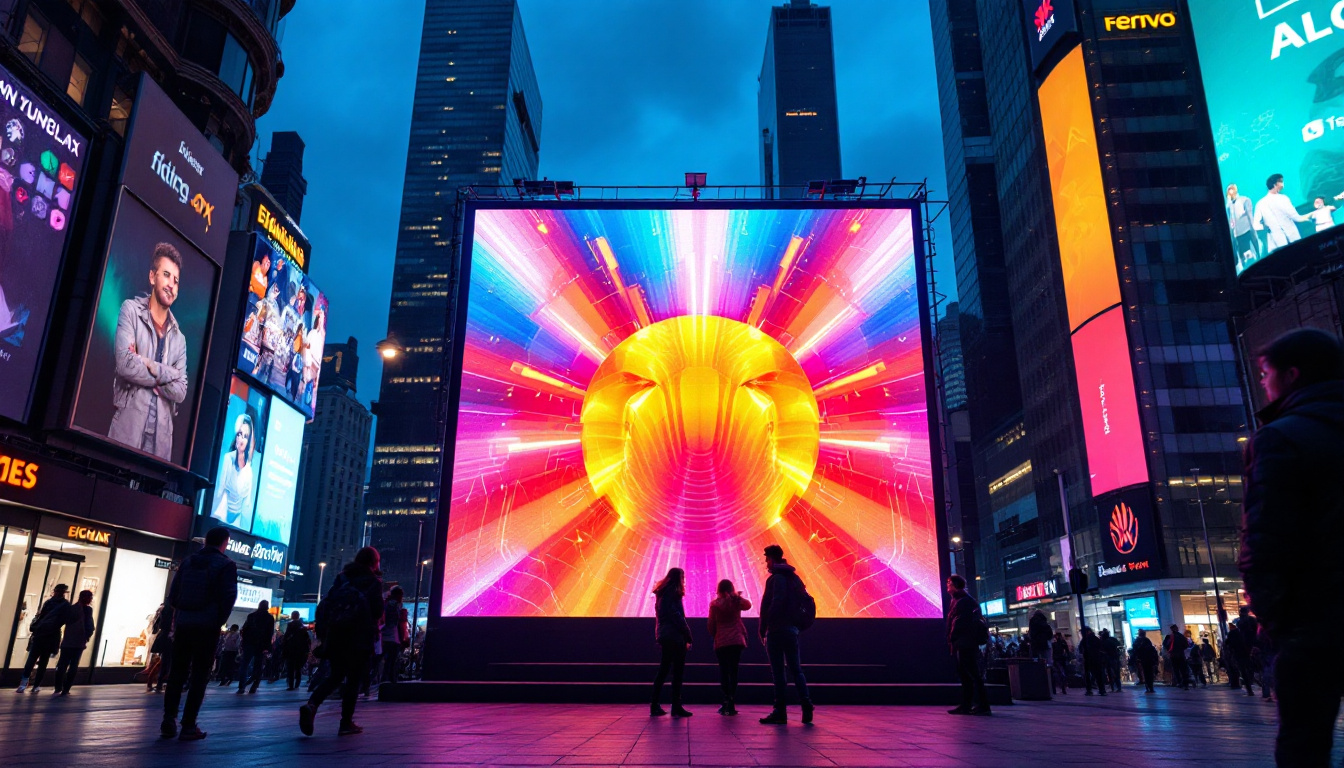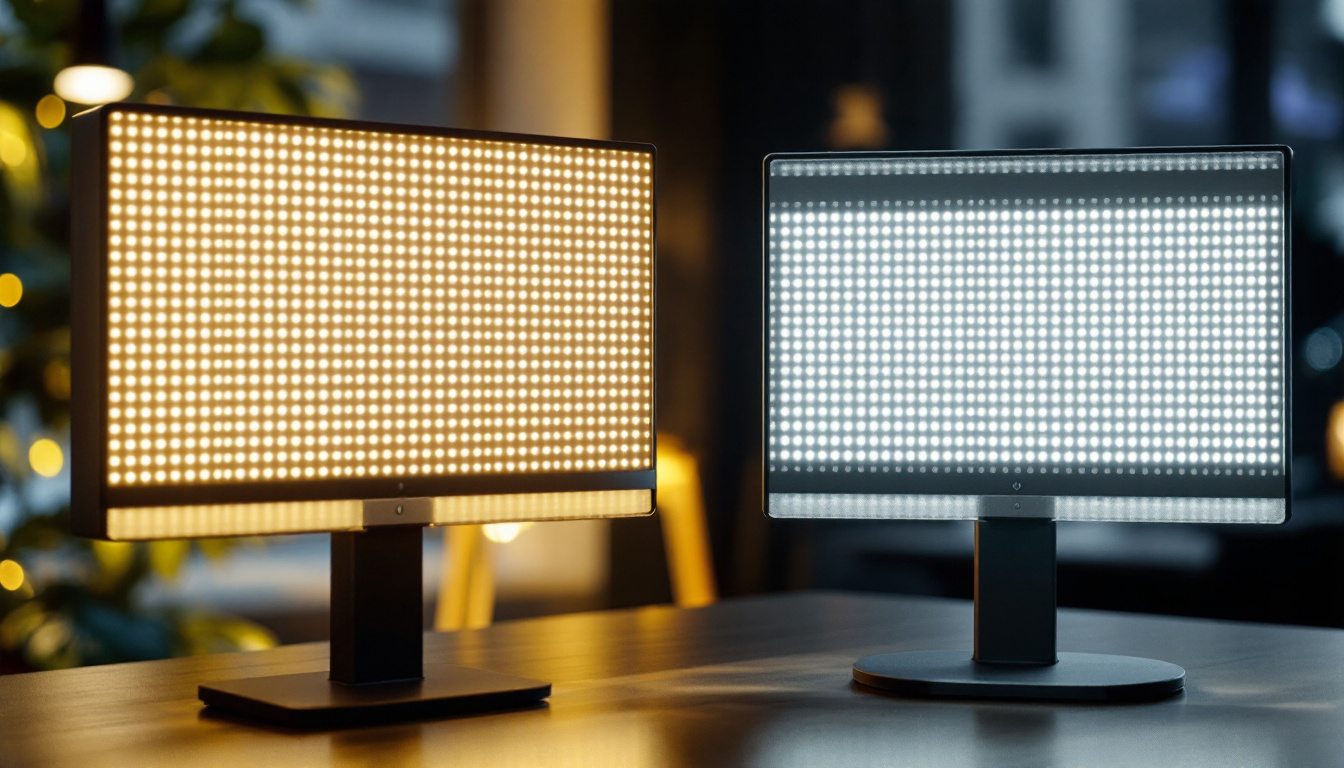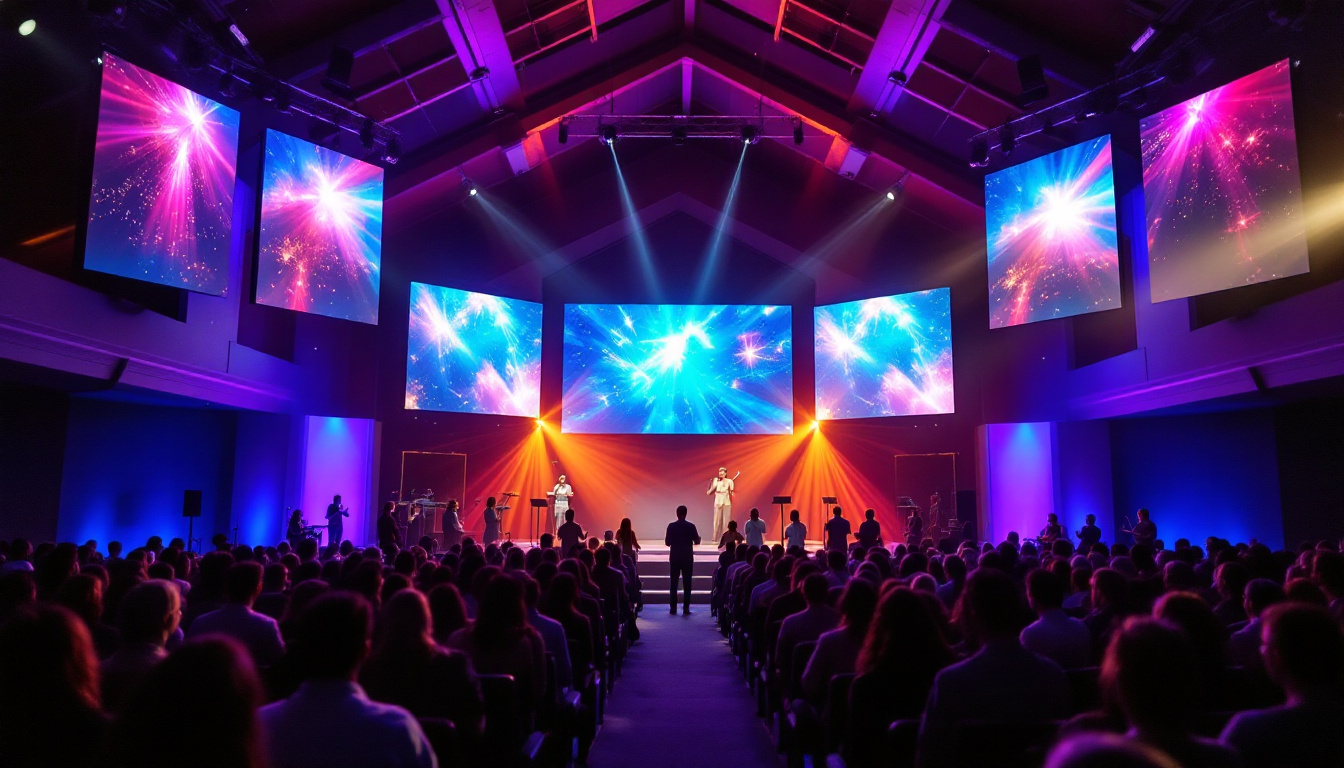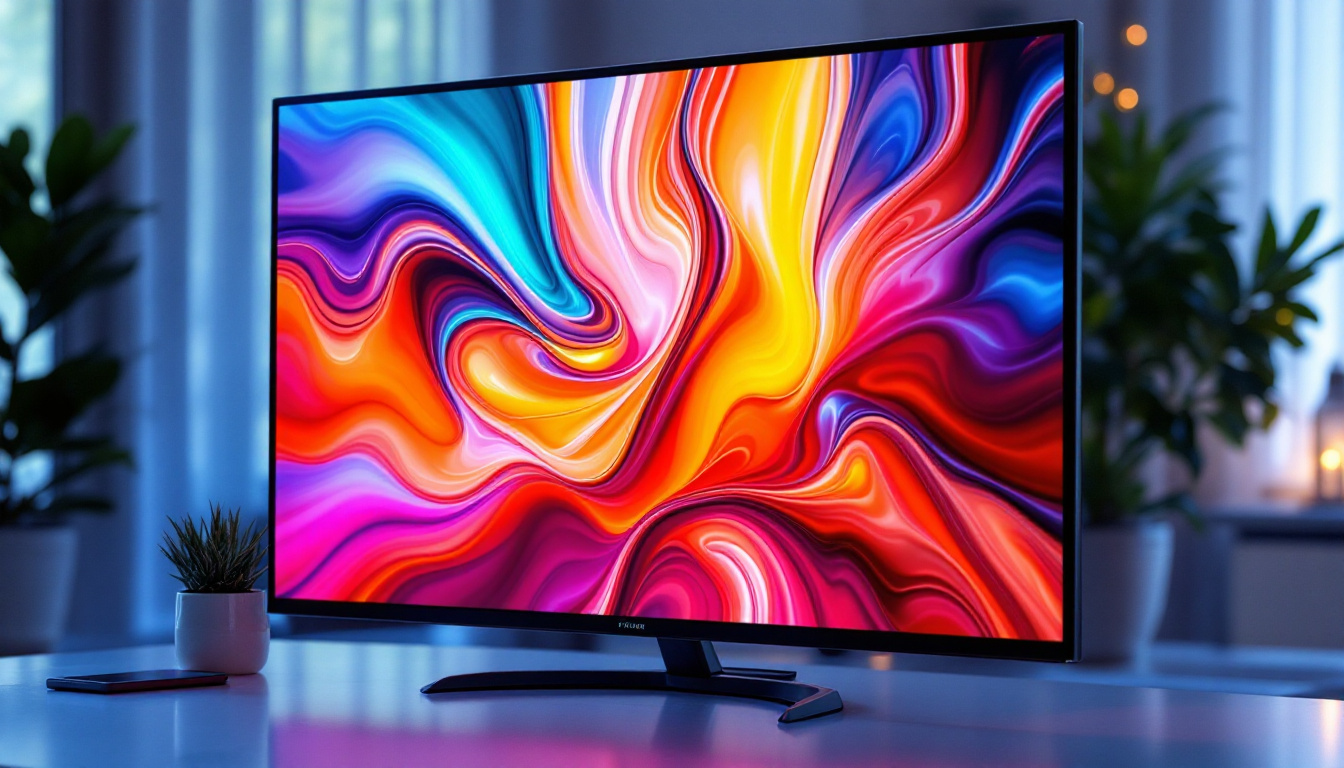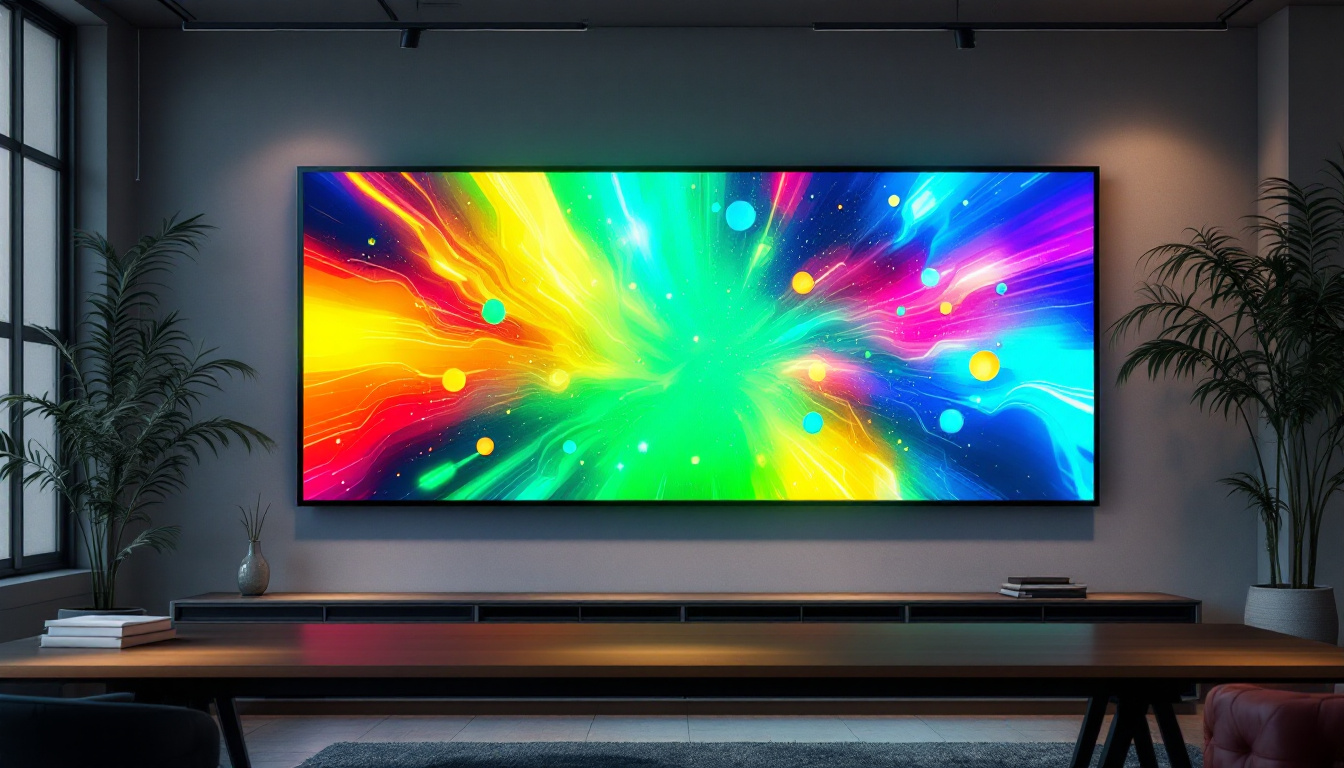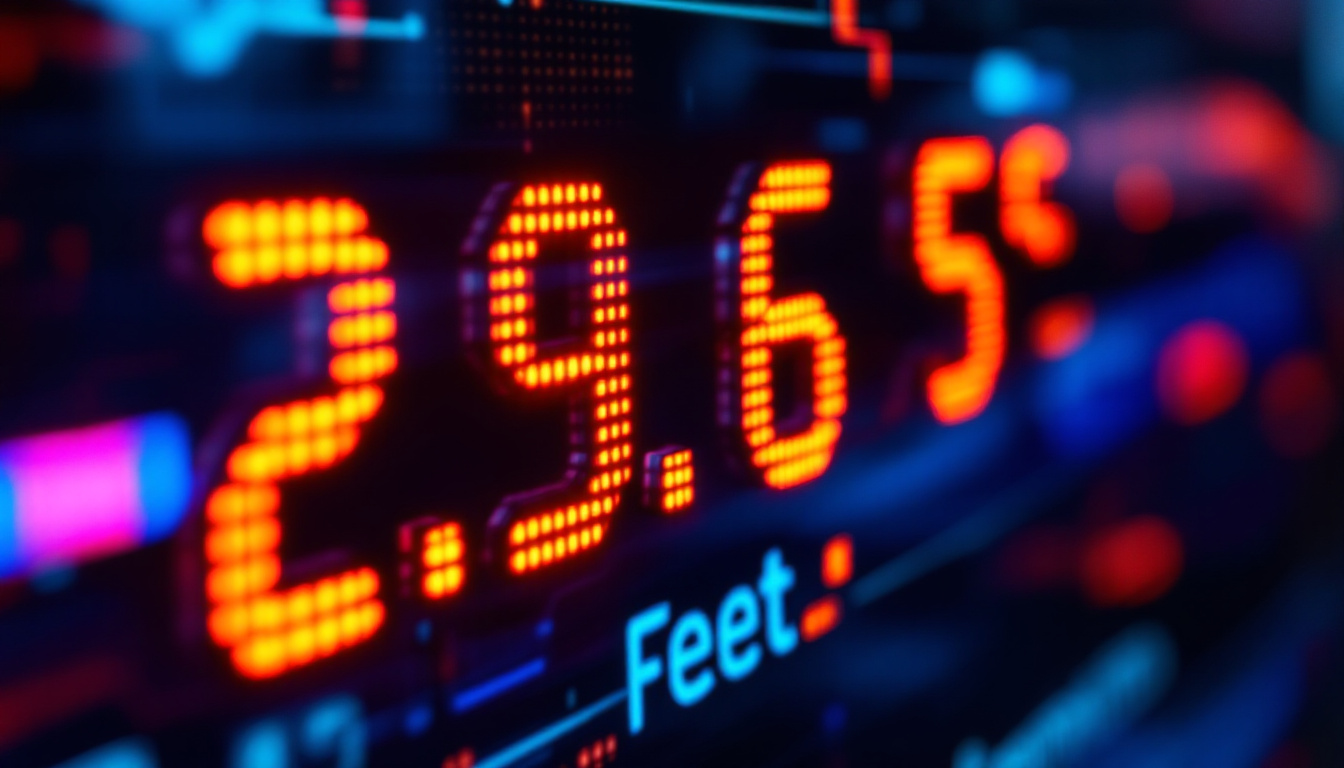Power Rating Of LED TV: LED Display Explained
In the modern era of television technology, LED TVs have become the standard for home entertainment. Their vibrant colors, sharp images, and energy efficiency make them a popular choice among consumers. However, understanding the power rating of LED TVs is crucial for making informed decisions regarding energy consumption and overall performance. This article delves into the intricacies of LED displays, their power ratings, and how these factors influence your viewing experience.
Understanding LED Technology
LED, or Light Emitting Diode, technology has revolutionized the way images are displayed on screens. Unlike traditional LCD TVs that utilize fluorescent backlighting, LED TVs use an array of tiny diodes to produce light. This not only enhances the brightness of the screen but also improves color accuracy and contrast. The shift to LED technology has also contributed to energy efficiency, as LED lights consume significantly less power compared to their fluorescent counterparts, making them a more environmentally friendly option.
The Basics of LED Displays
LED displays can be categorized into two main types: Edge-lit and Full-array. Edge-lit LED TVs have LEDs positioned along the edges of the screen, which can lead to thinner designs but may compromise uniformity in brightness. Full-array LED TVs, on the other hand, feature a grid of LEDs behind the screen, allowing for better control over local dimming and contrast. This means that in Full-array models, certain areas of the screen can be dimmed or brightened independently, resulting in deeper blacks and more vibrant colors, especially in scenes with high contrast.
Moreover, advancements in technology have led to the development of OLED (Organic Light Emitting Diode) displays, which offer even greater contrast and color depth. However, LED TVs remain the most widely used due to their affordability and efficiency. The ongoing competition between LED and OLED technologies has spurred innovation, with manufacturers continuously striving to improve the performance of LED displays, including enhancements in color gamut and refresh rates.
How LED TVs Work
At the core of an LED TV is a liquid crystal display (LCD) panel. The LED lights serve as the backlight for the LCD panel, illuminating the pixels to create images. When an electric current passes through the LEDs, they emit light, which is then filtered through the LCD panel to produce the desired colors. This process allows for a wide range of colors and brightness levels, making LED TVs a versatile choice for various viewing environments. Additionally, many modern LED TVs come equipped with smart technology, enabling users to stream content directly from the internet, access apps, and even integrate with home automation systems.
Furthermore, the advancements in LED technology have also led to the emergence of features such as HDR (High Dynamic Range), which significantly enhances the viewing experience by providing a broader range of colors and improved contrast. HDR content showcases details in both the darkest and brightest parts of an image, making scenes more lifelike and immersive. As consumers become more discerning about picture quality, manufacturers are increasingly focusing on incorporating these advanced features into their LED models, ensuring that they remain competitive in a rapidly evolving market.
Power Ratings Explained
The power rating of an LED TV refers to the amount of electricity it consumes during operation. This rating is typically measured in watts (W) and can vary significantly between different models and sizes. Understanding these ratings is essential for consumers who are conscious of energy consumption and costs.
Factors Influencing Power Ratings
Several factors contribute to the power rating of an LED TV, including screen size, display technology, and features. Generally, larger screens consume more power due to the increased number of pixels and backlighting required. Additionally, advanced features such as smart technology, high refresh rates, and enhanced audio systems can also increase power consumption.
For instance, a basic 32-inch LED TV may have a power rating of around 50-70 watts, while a larger 65-inch model could consume 150 watts or more. Understanding these differences can help consumers choose a model that fits their energy consumption preferences. Furthermore, the type of content being viewed can also impact power usage; for example, watching high-definition content may require more power than standard definition due to the increased processing demands on the TV’s hardware.
Energy Efficiency Ratings
Many LED TVs come with energy efficiency ratings, which provide insight into their power consumption relative to their performance. These ratings are often displayed using a scale, with higher ratings indicating better energy efficiency. Look for models that are Energy Star certified, as they meet strict energy efficiency guidelines set by the U.S. Environmental Protection Agency.
Investing in an energy-efficient LED TV can lead to significant savings on electricity bills over time, making it a smart choice for environmentally conscious consumers. Additionally, many manufacturers are now incorporating eco-friendly technologies into their designs, such as automatic brightness adjustment and low-power standby modes, which can further reduce energy consumption when the TV is not in use. These innovations not only help in lowering electricity costs but also contribute to a more sustainable future by minimizing the overall carbon footprint associated with electronic devices.
Comparing Power Consumption
When comparing power consumption among different LED TVs, it’s essential to consider not just the wattage but also the overall performance and features of each model. Some TVs may have higher power ratings but offer superior picture quality and additional functionalities that justify the increased energy use. For instance, features like local dimming, HDR support, and enhanced color accuracy can significantly impact the viewing experience, making them worth the extra energy expenditure for many consumers. Additionally, advancements in technology have led to more energy-efficient components that can provide excellent performance without drastically increasing power consumption.
Standby Power Consumption
Another important aspect to consider is standby power consumption. Many modern LED TVs consume a small amount of power even when they are turned off but still plugged in. This “phantom” energy use can add up over time, leading to higher electricity bills. Consumers should look for models that have low standby power consumption to mitigate this issue. Some manufacturers have begun to implement energy-saving features that automatically reduce power usage in standby mode, which can be particularly beneficial for those who may forget to unplug their devices when not in use.
Real-World Usage Scenarios
Understanding power ratings in real-world scenarios can help consumers make informed choices. For example, a family that watches TV for several hours each day may prioritize energy efficiency over features, while a gamer might opt for a model with higher power consumption for enhanced performance. It’s also worth noting that viewing habits can vary greatly; binge-watching a series on a weekend may lead to different power consumption patterns compared to sporadic viewing during the week. Additionally, the size of the TV and the room’s lighting conditions can affect how much energy is consumed, as larger screens or brighter environments may require more power to maintain optimal picture quality.
By evaluating how the TV will be used in daily life, consumers can select a model that balances power consumption with the desired viewing experience. For instance, those who frequently host movie nights might benefit from a TV that excels in brightness and color reproduction, while individuals who primarily watch news or talk shows might find a more energy-efficient model to be sufficient. Furthermore, considering the long-term impact of energy consumption on both the environment and household budgets can lead to more sustainable purchasing decisions, encouraging manufacturers to innovate in energy efficiency as well.
Impact on the Environment
The power rating of LED TVs not only affects individual electricity bills but also has broader implications for environmental sustainability. As more households adopt energy-efficient technologies, the cumulative effect can lead to reduced carbon emissions and a smaller ecological footprint.
The Role of Energy-Efficient Technology
Energy-efficient LED TVs contribute to a more sustainable future by consuming less electricity compared to older models. This reduction in energy use translates to lower demand on power plants, which can lead to decreased greenhouse gas emissions. By choosing energy-efficient options, consumers play a vital role in promoting environmental responsibility.
Recycling and Disposal Considerations
In addition to energy consumption, the disposal of electronic devices, including LED TVs, poses environmental challenges. Many components of LED TVs can be recycled, but improper disposal can lead to hazardous waste. Consumers should be aware of local recycling programs and guidelines to ensure that their old TVs are disposed of responsibly.
Choosing the Right LED TV
When selecting an LED TV, it’s essential to consider various factors beyond just the power rating. The ideal choice will depend on individual preferences, viewing habits, and budget.
Screen Size and Viewing Distance
Screen size plays a crucial role in the viewing experience. A larger screen can enhance immersion, but it also typically comes with higher power consumption. It’s important to consider the viewing distance as well; a larger screen may be unnecessary for smaller rooms. A good rule of thumb is to sit at a distance of 1.5 to 2.5 times the diagonal size of the screen for optimal viewing.
Smart Features and Connectivity
Many modern LED TVs come equipped with smart features that allow users to stream content, browse the internet, and connect with other devices. While these features can enhance the viewing experience, they may also increase power consumption. Consumers should weigh the benefits of smart technology against the potential increase in energy use.
Conclusion
Understanding the power rating of LED TVs is essential for making informed purchasing decisions. By considering factors such as screen size, energy efficiency, and features, consumers can select a model that meets their needs while minimizing energy consumption. As technology continues to evolve, LED TVs will likely become even more energy-efficient, making them a sustainable choice for home entertainment. Ultimately, a well-informed decision can lead to a better viewing experience and contribute positively to the environment.
Discover LumenMatrix’s Innovative LED Displays
Ready to elevate your home entertainment experience with the latest in LED technology? Look no further than LumenMatrix, a pioneer in the field of LED display innovation. Our extensive range of products, from Indoor and Outdoor LED Wall Displays to specialized solutions like Vehicle LED Displays and Custom LED Displays, is designed to bring your viewing to life with unparalleled brightness and clarity. Embrace the future of visual communication with our All-in-One and Transparent LED Displays that promise to transform any space into a dynamic environment. Check out LumenMatrix LED Display Solutions today and join the revolution in high-impact, energy-efficient home entertainment.

